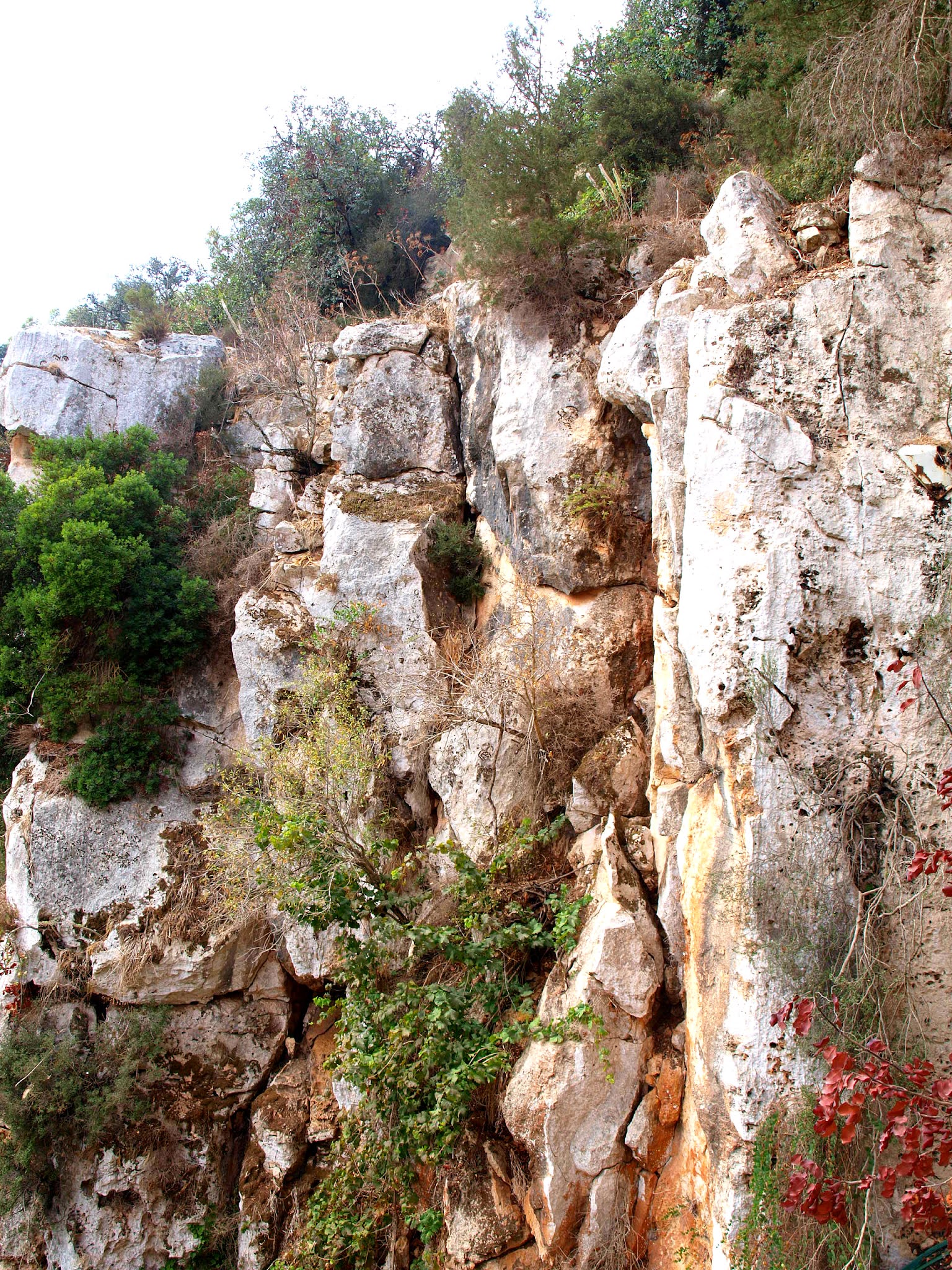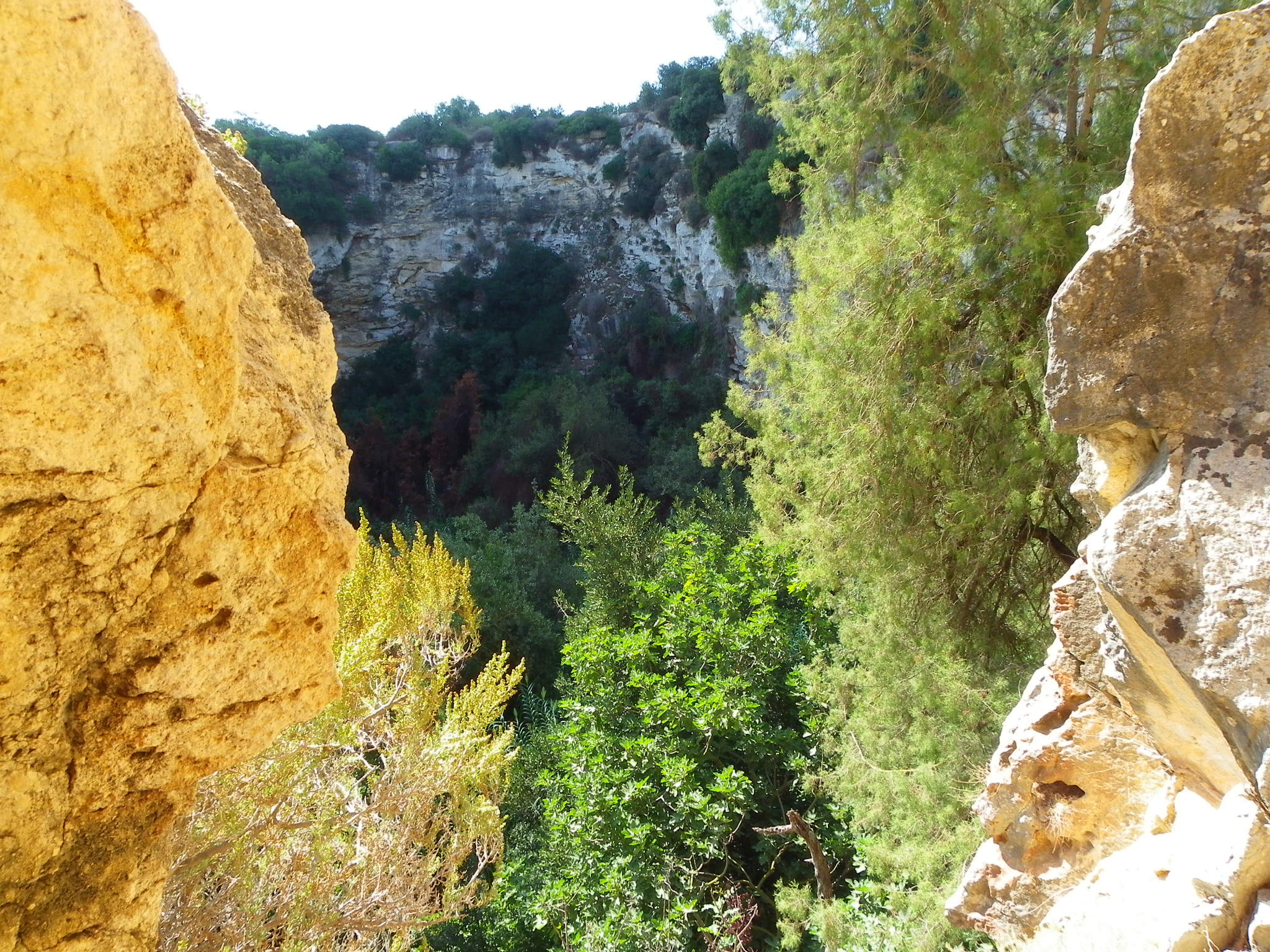On the outskirts of the village of Qrendi, beneath a chapel dedicated to St Matthew, is a circular depression in the ground. It is known as ‘Il-Maqluba’ which roughly translates to ‘the overturned'. This natural depression is said to have been formed in 1343 after a particularly severe winter, possibly accompanied by an earthquake. Il-Maqluba was formed by the collapse of the underlying limestone strata. In geological terms, this is known as a doline or sinkhole. The sinkhole itself is 15 metres deep and has a perimeter of 300 metres. It supports a variety of trees such as bay laurel, sandarac gum, carob and hawthorne and other endemic vegetation The sinkhole collects water from the surrounding fields and country-side which accounts for the lush vegetation growing inside it even during the height of summer. That is the scientific explanation for the sinkhole and a possible theory about how it was formed.


But there is, of course, is a more colourful story, the legend recounted by word of mouth from one generation to the next. It is said that a small village of evil people lived right over the area where the depression is today. A pious lady who lived where the chapel of St Matthew is now situated repeatedly warned her neighbours to change their evil ways – to no avail. As a result, God decreed that the ground beneath the village would collapse, sparing no one except the good woman. Angels were then sent to dispose of the hamlet by dumping it at sea. According to this legend this is how the small island of Filfla, a few miles off the south-west coast of Malta, originated. I suppose that this one of those instances when the legend is so much more interesting than the truth.

